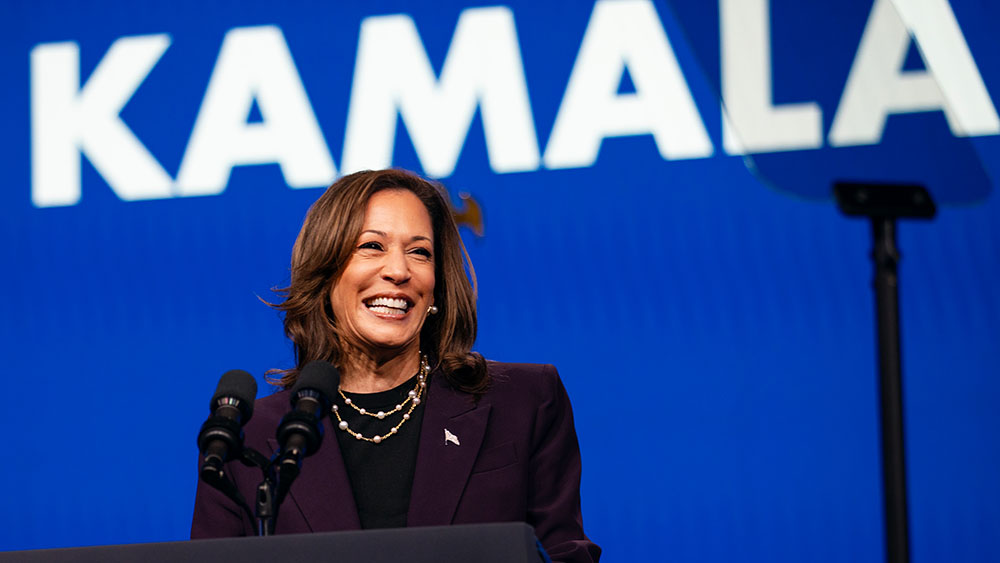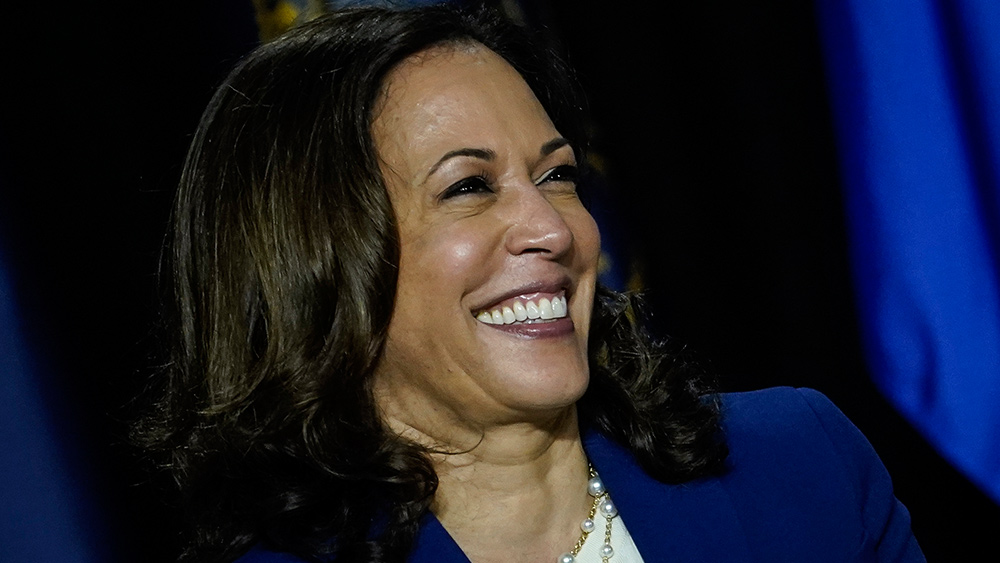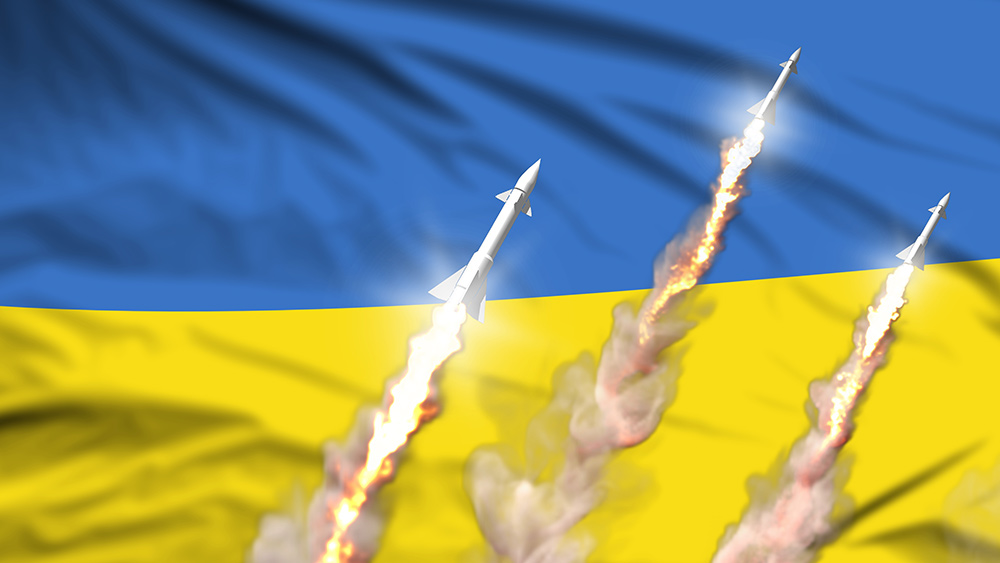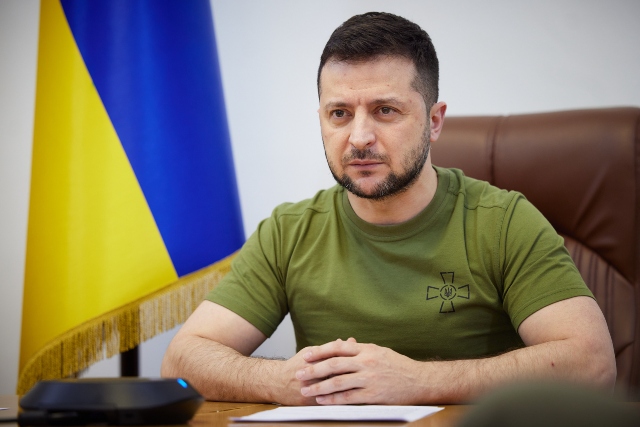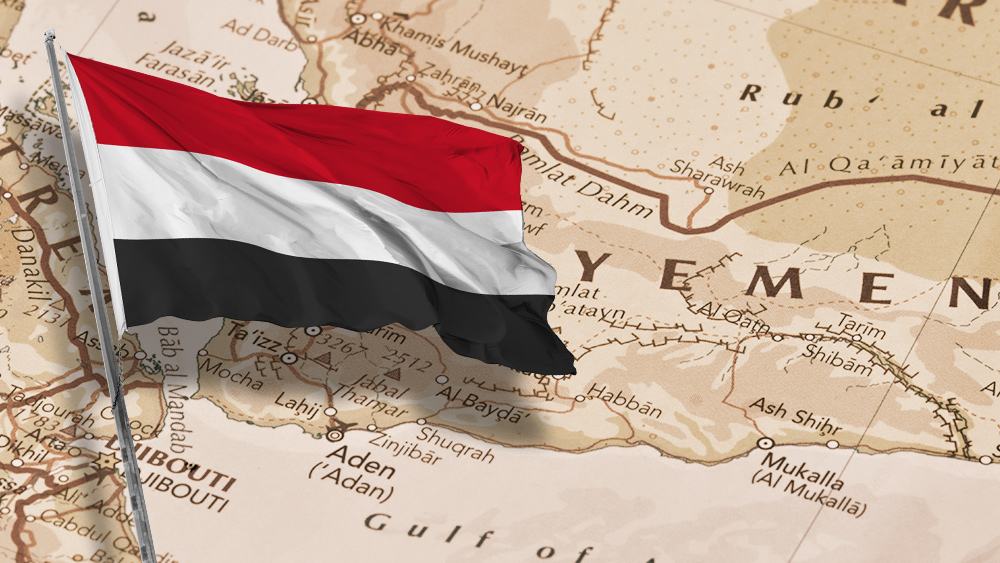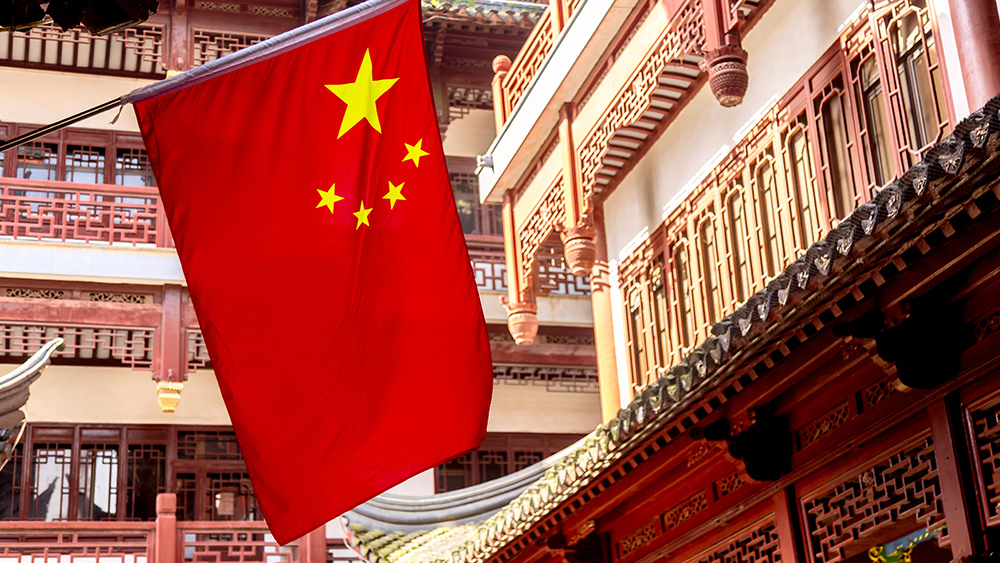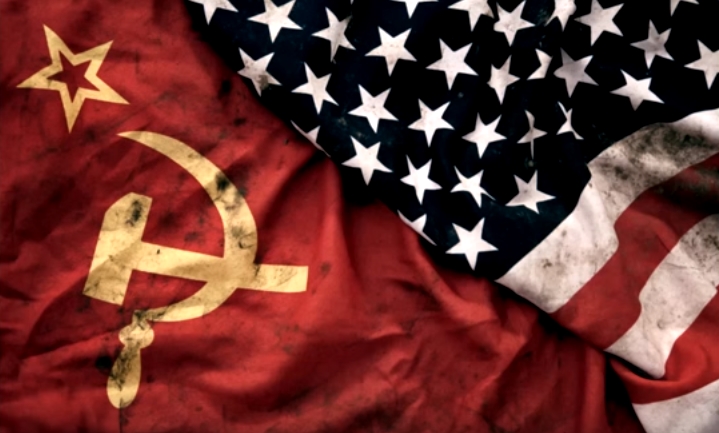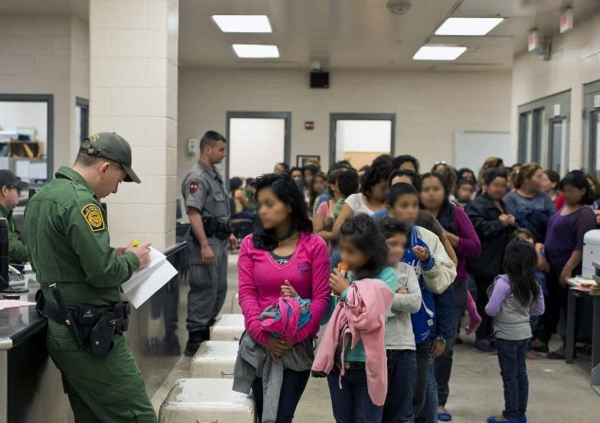U.S. to DEFEND Philippines against China after multiple ship collisions near Sabina Shoal
08/29/2024 / By Belle Carter
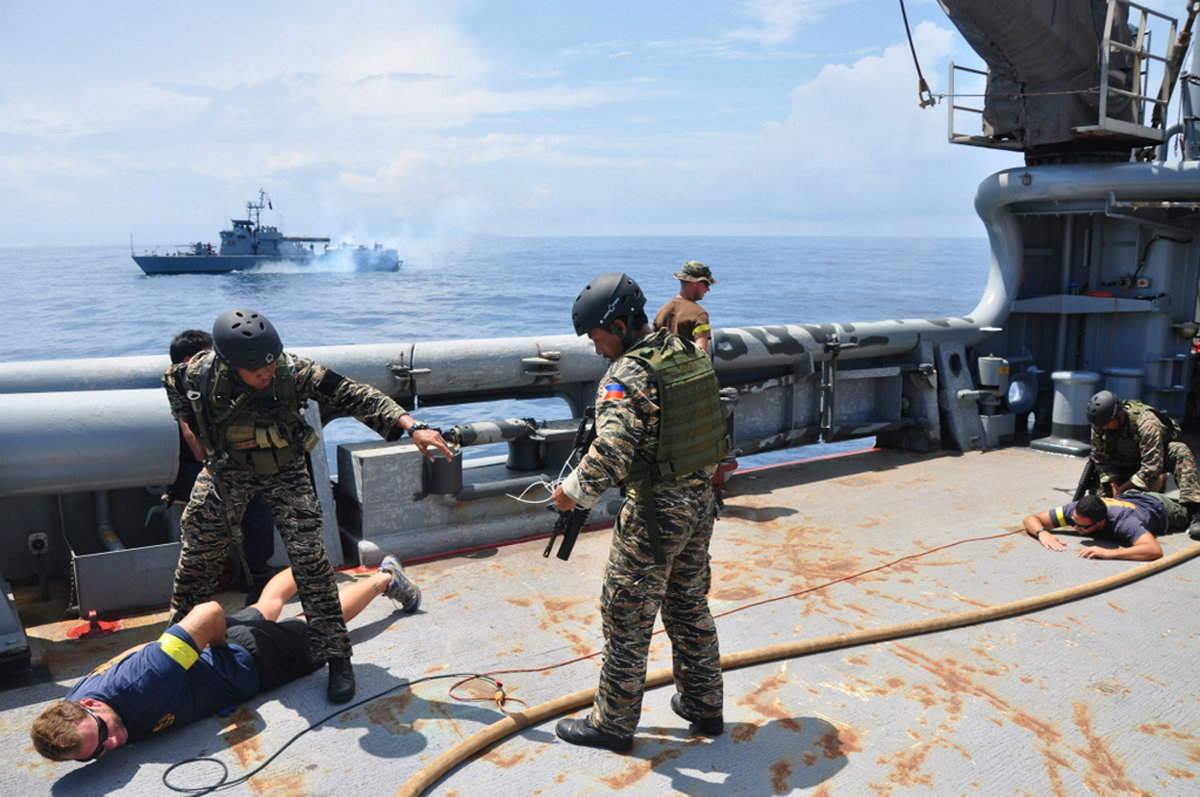
Following multiple collisions and face-offs near Sabina Shoal, a disputed atoll lying just 86 miles from the Philippines’ west coast and 745 miles from China, the United States reaffirmed its pledge about the Mutual Defense Treaty with the Philippines if its maritime dispute with Beijing turns into a shooting war.
The treaty was an agreement from 1951 which requires both the U.S. and the Philippines to support each other if another party attacks them.
“[U.S. National Security Advisor Jake] Sullivan condemned the People’s Republic of China’s deliberate collision with two Philippine Coast Guard vessels operating lawfully near Sabina Shoal in the Philippines’ exclusive economic zone on August 19,” the White House said in a readout of a phone call with Sullivan’s Philippine counterpart on Tuesday. “Sullivan reiterated the ironclad U.S. commitment to the U.S.-Philippines Mutual Defense Treaty, which extends to armed attacks on Philippine armed forces, public vessels, or aircraft – to include those of its Coast Guard – anywhere in the South China Sea.”
Chinese and Philippine vessels have engaged in multiple collisions and face-offs near Sabina Shoal over the past week. On Aug. 19, in the middle of the night, Coast Guard ships from both nations collided near the disputed atoll in the northeast of Dangerous Ground in the Spratly Islands. Their ships rammed into its vessels, tearing a 3.6-foot hole in one and a three-foot-wide gap in another. Both sides blamed each other for the collisions.
On Sunday afternoon, Aug. 25, another clash took place, with the Philippines accusing China of ramming and firing water cannons at a vessel from its fisheries bureau in an encounter with eight Chinese ships, including a warship from the People’s Liberation Army Navy.
The following day, another collision took place, where the Philippines said China deployed “an excessive force” of 40 ships to block two Philippine Coast Guard vessels. Beijing said it took “control measures” against two Philippine ships that “intruded” into waters near Sabina Shoal.
The confrontations came just weeks after Beijing and Manila struck a temporary deal to lower tensions.
China’s increasingly aggressive tactics had raised alarm across the region as well as in Washington, a mutual defense ally of the Southeast Asian nation. According to Rear Admiral Andrew Sugimoto, deputy commander of the U.S. Coast Guard Pacific Area, the U.S. unequivocally condemned “aggressive” actions such as the ramming of vessels.
“China wants to be seen as a member of the world that has its set of rules and enforces it. But whenever they do things like ramming or water-cannoning unarmed vessels, it does not appear to be so,” Sugimoto said.
U.S. Secretary of State Antony Blinken and Secretary of Defense Lloyd Austin visited Manila and promised $500 million in new military aid, which came out of the $95 billion foreign military aid bill President Biden signed into law in April. The White House said Sullivan discussed the new military aid with Philippine National Security Advisor Eduardo M. Año. (Related: U.S. announces $500 million in military aid for the Philippines amid heightened tensions with China over South China Sea.)
“Mr. Sullivan and Mr. Año discussed the continued historic momentum in the U.S.-Philippines Alliance, including the recent announcement of $500 million in U.S. Foreign Military Financing from the FY 2024 Indo-Pacific Security Supplemental Appropriations Act, which, working with the U.S. Congress, will help modernize the Philippine armed forces and coast guard,” the White House said.
U.S. could escort Philippine resupply missions in South China Sea
Commander of the U.S. Indo-Pacific Command Samuel Paparo recently said that U.S. ships could escort Philippine vessels on resupply missions in the South China Sea.
Paparo said the move is “an entirely reasonable option” that requires consultation between the treaty allies. “Escort of one vessel to the other is an entirely reasonable option within our Mutual Defense Treaty,” Paparo told reporters as he responded to a query whether Washington would consider providing escorts to ships from the Philippines taking supplies to disputed geographical features in the waterway.
“I mean certainly, within the context of consultations,” Paparo added, without giving details of ships likely to be employed for the task.
Philippine military chief Romeo Brawner said the Asian nation preferred to run those missions on its own, however, making every effort to ensure their success despite what Manila calls China’s “dangerous” and “coercive” actions.
“We are going to try all options, all avenues that are available to us,” Brawner told reporters. “While we can do it by ourselves, we will do it.”
Head over to WWIII.news for updates on escalating conflicts worldwide.
Watch the video below that talks about U.S. President Joe Biden’s order to re-focus secret nuclear strategy on China.
This video is from the TrendingNews channel on Brighteon.com.
More related stories:
Another PROXY WAR in the works? U.S. shaping the Philippines into the next Ukraine.
US forming anti-China ‘squad’ with Japan, Philippines, and Australia.
Sources include:
Submit a correction >>
Tagged Under:
Antony Blinken, big government, chaos, China, coast guards, collisions, communism, disputed waters, exclusive economic zone, foreign relations, Jake Sullivan, Lloyd Austin, maritime dispute, military aid, mutual defense treaty, national defense, national security, Philippines, Sabina Shoal, South China Sea, US, White House, World War III
This article may contain statements that reflect the opinion of the author
RECENT NEWS & ARTICLES
COPYRIGHT © 2017 BIG GOVERNMENT NEWS

